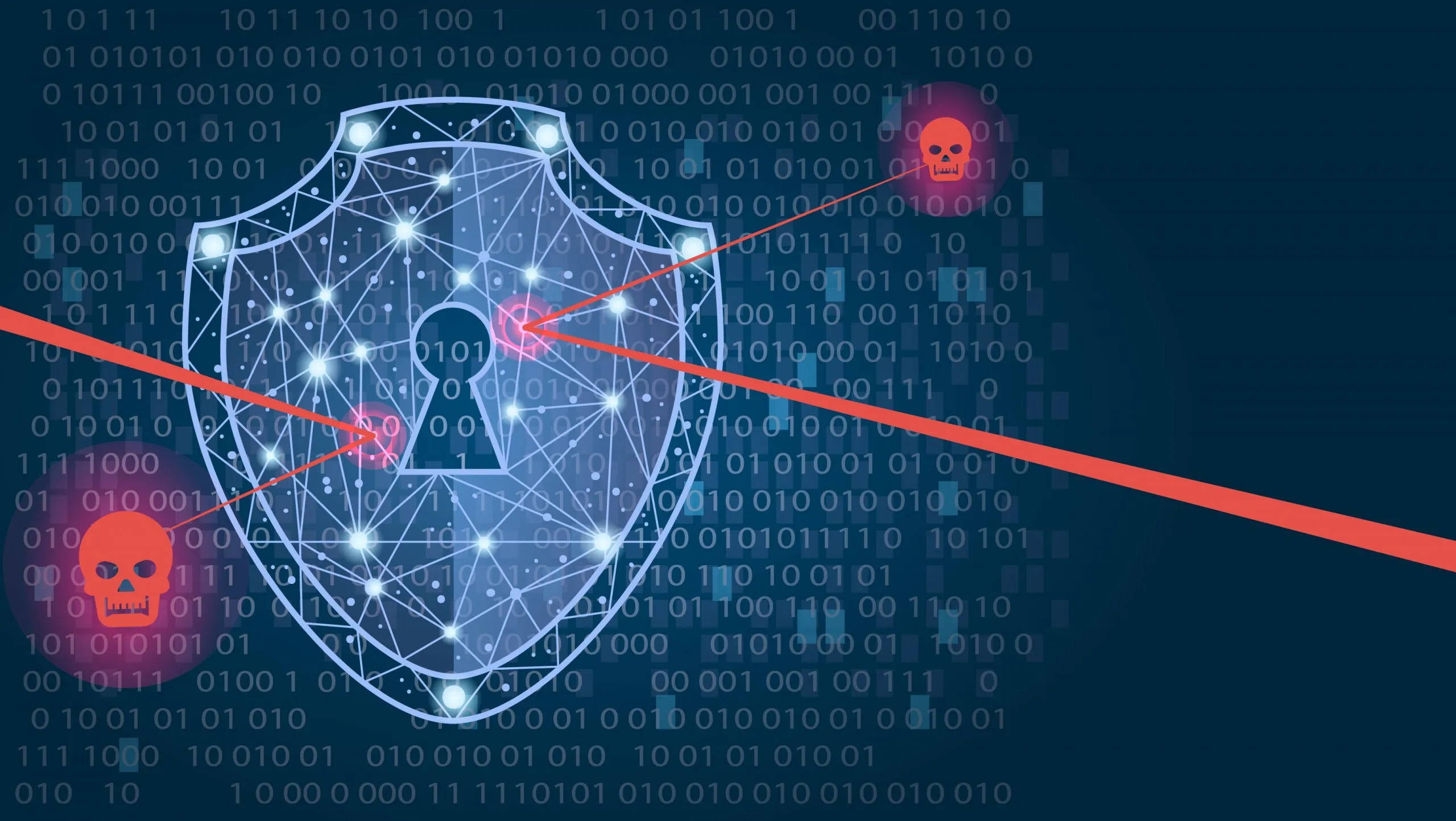“Hey, can you review this invoice?”
Seems harmless, right?
But that one click is how phishing attacks start—and for small businesses, one click can mean days of cleanup, lost revenue, and a big hit to your team’s confidence.
The good news? You don’t need scare tactics or expensive software to build phishing awareness.
You just need a simple, five-minute drill that anyone in your office can run.
Let’s break down why phishing still works, what a good “practice attack” looks like, and how to turn your team into your first line of defense.
Why Phishing Still Works in 2025
Phishing is still the #1 cause of data breaches—yes, even after all those training slides and IT warnings.
Why?
Because the tactics keep getting better:
-
AI now writes scam emails that sound exactly like your CEO or finance manager.
-
Urgent language (“pay now”) works. Especially when it looks like it came from your boss.
-
We’re human. We click fast when we’re busy. And attackers count on that.
In SentinelOne’s latest SMB report, they put it bluntly: “Security awareness training is useless if it’s not practiced in real life.”
So let’s practice it—right in your own inbox.
The 5-Minute Phishing Drill (You Can Run Today)
This is a lightweight, zero-blame simulation. No software. No shame. Just awareness.
- Time needed: 5 minutes
- Objective: Teach staff to pause before clicking
- Tools: Gmail or Outlook, a spreadsheet (or even pen and paper)
Step 1: Send a fake “phishy” email
Write an internal email with one or more red flags:
-
Subject: “Quick — Are you available right now?”
-
From: An alias like “boss.name@gmail.com” instead of your actual company domain
-
Message: Something like “Can you process this payment? Click here to confirm.”
Use a non-malicious link that redirects to a message like:
“Nice catch — this was a phishing awareness drill. You’re doing great. Learn more tips here.”
If you want to keep it simple, just send a regular email and ask them to “reply urgently” — the test is whether they pause and validate.
Step 2: Track who clicked or responded
Don’t shame.
Don’t call out.
Just track:
-
Who replied
-
Who clicked the link
-
Who reported it to IT (this is the win!)
Step 3: Teach in the moment
Follow up that same day with a short note:
-
Here’s what to look for in real phishing emails (spoofed domains, urgency, odd phrasing)
-
What to do instead (forward to IT, verify sender, don’t click or reply)
Bonus: Offer a small prize for anyone who flagged it.
Step 4: Repeat quarterly (or monthly)
Phishing tactics change.
So should your drills.
The point isn’t to be sneaky.
It’s to keep the skill fresh—like fire drills, but for inboxes.
Why This Works (And Why It Matters)
1. It’s realistic.
People learn better from hands-on practice than passive training videos.
2. It’s low-pressure.
There’s no public leaderboard. No finger-pointing. Just: “Nice work!” or “Here’s what to try next time.”
3. It’s a mindset shift.
You’re not teaching cybersecurity. You’re teaching curiosity.
“Hmm… does this look right?”
That pause is the difference between “Uh oh” and “Nice try.”
What SentinelOne Recommends (And Why This Drill Hits 3 Out of 5)
SentinelOne’s top five SMB tips include:
-
Patch consistently
-
Train regularly
-
Use MFA
-
Deploy endpoint protection
-
Watch encrypted traffic
Phishing drills deliver on #2 and support #3 and #5—because no tech tool replaces human judgment at the inbox.
(Source: SentinelOne Cybersecurity Tips for SMBs)
Mini Phishing Drill Planning Template
| Step | Task | Notes |
|---|---|---|
| 1 | Write email with subtle red flags | Use AI tone, spoofed sender, vague request |
| 2 | Send to a small test group | Keep it light: no financial risk, no actual links |
| 3 | Monitor clicks/replies | Use email tracking or a shared doc |
| 4 | Send follow-up tips | Praise the pausers; encourage the clickers |
| 5 | Repeat regularly | Keep changing the theme (delivery, finance, HR) |
Real-Life Example (That Nearly Cost Thousands)
A DS Tech client received a “new ACH payment form” from what looked like their payroll provider.
Logo looked right.
Timing felt right.
Only the “from” address was wrong—and one employee clicked.
Because we’d run a similar drill the month before, they recognized it right after clicking—and alerted IT immediately.
We blocked the IP, reset credentials, and avoided a serious compromise.
That 5-minute drill paid for itself many times over.
Final Word: Don’t Just Tell Them. Train Them.
Phishing-proofing isn’t about lectures. It’s about instincts.
That pause.
That second look.
That “wait a second…”
A phishing drill makes security second nature—without panic, pressure, or plugins.
And if your team hasn’t seen a phishing test email yet this year?
Now’s the time.
Let us help: Contact us here.

